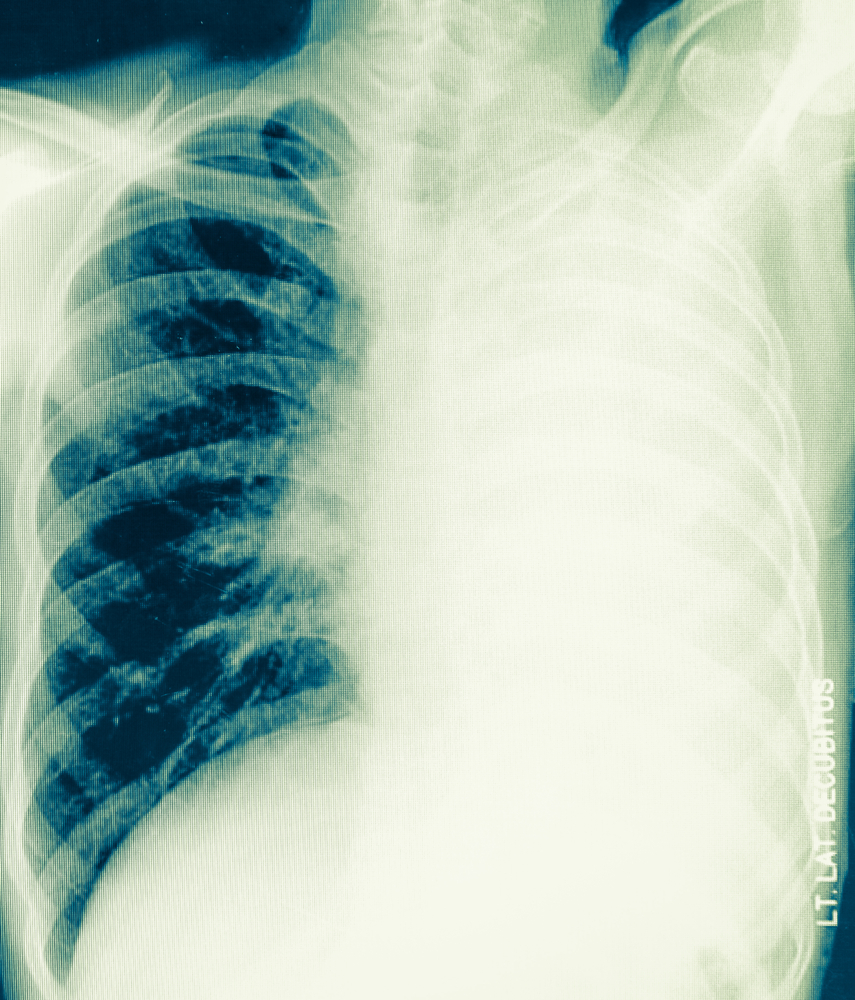 A recent study entitled “Prognosis of patients with suspected pulmonary embolism in Buenos Aires: a prospective cohort study” reports a similar mortality rate in patients with suspected Pulmonary Embolism, in cases where Pulmonary Embolism is confirmed or whether it is ruled out. The study was published in the journal BMC Pulmonary Medicine.
A recent study entitled “Prognosis of patients with suspected pulmonary embolism in Buenos Aires: a prospective cohort study” reports a similar mortality rate in patients with suspected Pulmonary Embolism, in cases where Pulmonary Embolism is confirmed or whether it is ruled out. The study was published in the journal BMC Pulmonary Medicine.
The authors performed a prospective cohort study to determine mortality associated with Pulmonary Embolism (PE) in hospitalized patients and outpatients (those that despite not requiring hospitalization for at least 24 hours, visited the hospital for diagnosis or treatment) at the Hospital Italiano de Buenos Aires, Argentina. Specifically, the authors evaluated mortality in confirmed PE cases and in those whom PE had been ruled out (RPE) at two different time-points — short-term (30 days) and a long-term (2 years).
The researchers analyzed 1,736 cases of suspected PE, identified via an electronic alert system that tracks any of the following exam requests — pulmonary angiography, angiotomography, or ventilation-perfusion scintigraphy. They found that the overall mortality was similar in patients with suspected PE, independently of PE confirmation or exclusion. Thus, the authors suggest that the observed mortality profile is most likely related to an increase in severe comorbidities observed in RPE patients, including cancer and vascular disease such as venous thrombosis disease.
[adrotate group=”3″]
PE is a condition characterized by blockage of lungs’ main artery or its associated vessels due to the release of a blood clot, most likely from the deep veins of the legs or the pelvis. Its diagnose is particularly challenging, due to the non-specificity of symptoms. The authors therefore highlight their findings’ importance in understanding suspected PE patients’ prognosis. While the study’s main strength was the follow-up of PE suspected patients in a standardized way, including both a high number of cases as well as a prolonged follow-up period, the authors also recognized study limitations, including: the lack of information related to the diagnostic test algorithm used by each physician, as well as the study data being retrieved from a single center, with a high cancer prevalence (of approximately 40%), while other studies reported rates of 25% and 7%.

